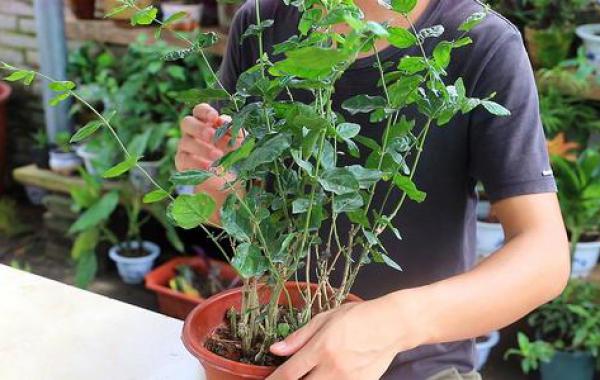Common pests that suck flower juice and their control methods
Some pests suck the sap of flowers, harming the growth of flowers.
Piercing and sucking pests are a kind of pests that suck the sap of flowers with needle-like mouthparts, which cause discoloration, yellowing, curling, deformity, wilting and even the death of the whole plant. Some species are still propagators of plant diseases. Although these pests are small, they can cause great harm to flowers. There are four common pests that suck the juice of flowers.
1. Scale insects: also known as ostracods, they are small and have many species. their common characteristics are that the body is covered with shell or powder and woolly waxy secretions, which are fixed in a certain part of the leaves and stems of flowers, and suck the sap of flowers, leaves, branches or fruits with mouthparts, the leaves of the damaged plants turn yellow, the branches wither, the fruit surface changes and fades, and the early fallen leaves and fruits, at the same time, its excreta has honeydew, which can lead to many diseases. In serious cases, the whole plant can be killed, this pest occurs one or more generations a year, harming all flower species, mainly by larval crawling transmission, this is the period of spraying and killing.
Prevention and control methods:
When the pest of ⑴ is serious, it should be brushed off manually before spraying.
⑵ when the female is damaged in the fixed stage, use a brush to smear 50% "l6O5" on the base of the stem. Woody flowers can cut the basal epidermis with a knife, and then apply the medicine, so that the plant will absorb the drug and poison the insect.
⑶ observation showed that spraying 50% fenitrothion lOOO, or malathion 8OO-lOOO, or 20% fenvalerate l5OO-2OOO, once every lO day for two consecutive times, could be effective.
Second, aphids: common pests in flowers. There are many kinds of aphids, which often cluster in the young parts of plants, such as tender tips, tender leaves, young buds, etc., and the leaves and tips of the injured plants are easy to curl and turn yellow. Therefore, it can lead to many diseases. Aphids are also vectors of many viral diseases, with more than lO generation occurring every year.
Prevention and control methods:
⑴ protects natural enemies such as ladybugs and lacewings.
⑵ strengthens the management of weeds and eliminates overwintering eggs and nymphs.
⑶ was sprayed with lO% imidacloprid wet powder 2OOO-3OOO double solution.
Third, red spider: it is a kind of red insect, which can be seen with the naked eye, eating miscellaneous, harmful to many kinds of flowers, sucking plant juice by prick sucking mouthparts, leaves appear yellow and white spots, even extend to the whole leaf, so that the leaves quickly wither and yellow fall off, serious cases can cause the death of the whole plant, this pest occurs for many generations a year, with the high temperature season from June to August as the main damage.
Related
- What if the leaves of potted flowers turn yellow?
- Florescence Control of several Flowers
- Anti-freezing technology and post-freezing nursing technology of flowers
- What is the classification of flowers? What are the common methods of flower classification?
- Prevention and control of alkali and acid damage of flowers in courtyard
- Technology of Anti-freezing and restoring growth of Flower seedlings in greenhouse and greenhouse
- How does flower fertilization not hurt the root? Fertilization technology of flowers
- Key points of disinfection in flower greenhouse
- Several pesticides that are banned or used cautiously in flowers
- How to fertilize the flowers that watch the leaves?



